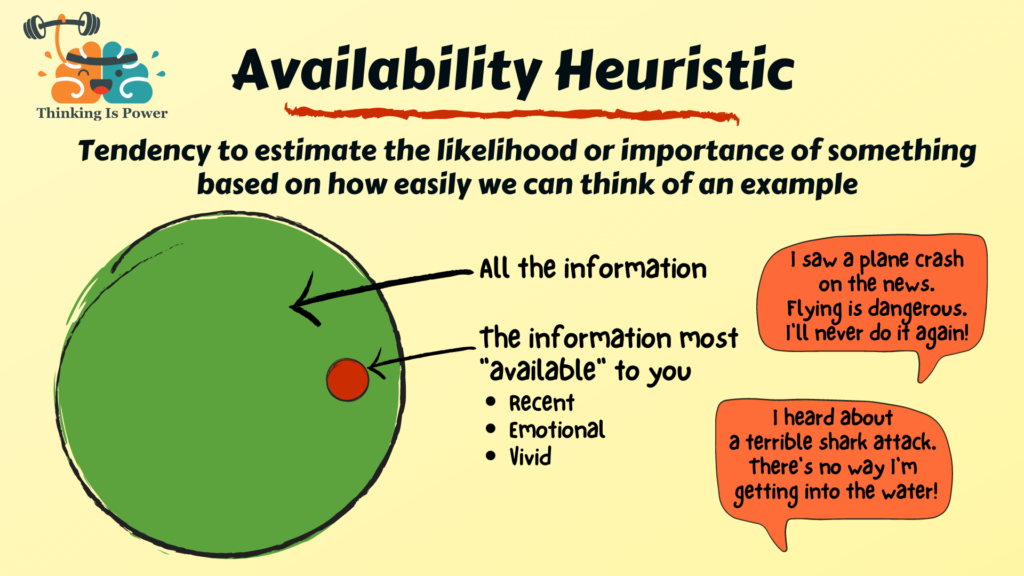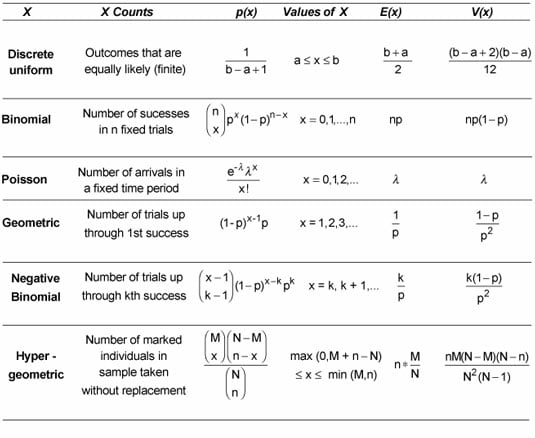


Often, endoscopic inspection is used to identify pre-cancerous and cancerous tissues, and hence, a requirement for endoscopic systems is the ability to provide images with high contrast between areas of normal tissue and neoplasia (early-stage abnormal tissue growth). Here, the system of interest is the endoscope, a standard biomedical screening device used in laparoscopic surgery, screening of upper and lower gastrointestinal tracts, and inspection of the upper airway. While many systems projects tend to be large and complicated (i.e., cloud-based infrastructure, long-term space travel shuttles, missile defense systems), systems engineering can also be applied to smaller, complex systems. Systems engineering captures the desires and needs of the customer to conceptualize a system from the overall goal down to the small details prior to any physical development. The findings of this research will serve as a bluebook for practitioners and scholars to conduct future research within systems thinking context. Finally, with the aid of the network analysis, key clusters in the existing literature are identified based on the research areas of systems thinking. In addition, citation, co-citation and page rank analysis used to rank top influential articles in the area of systems thinking. Leveraging rigorous bibliometric tools analysis, this research unveils the influential authors, leading journals and top contributing organizations and countries germane to the domain of systems thinking. Beginning with over 6000 accumulated publications, the analysis narrowed down to 626 prominent articles with proven influence published over the past three decades.
Probability of availability equation systems thinking how to#
However, two critical questions are not properly addressed in the extant body of ST literature: (i) How to conduct the content analysis exclusively to derive the prominent statistics (i.e., influential journals, authors, affiliated organizations and countries) pertaining to the domain of ST? (ii) How to get better insights regarding the current and emerging trends that may evolve over time based on the existing body of ST literature? To address these gaps, the aim of this research study is to provide a comprehensive insight into the domain of systems thinking through bibliometric and network analysis. Over the past decades, several publications can be identified in academic literature, focusing on different aspects of systems thinking. Systems thinking (ST) is an interdisciplinary domain that offers different ways to better understand the behavior and structure of a complex system.


 0 kommentar(er)
0 kommentar(er)
